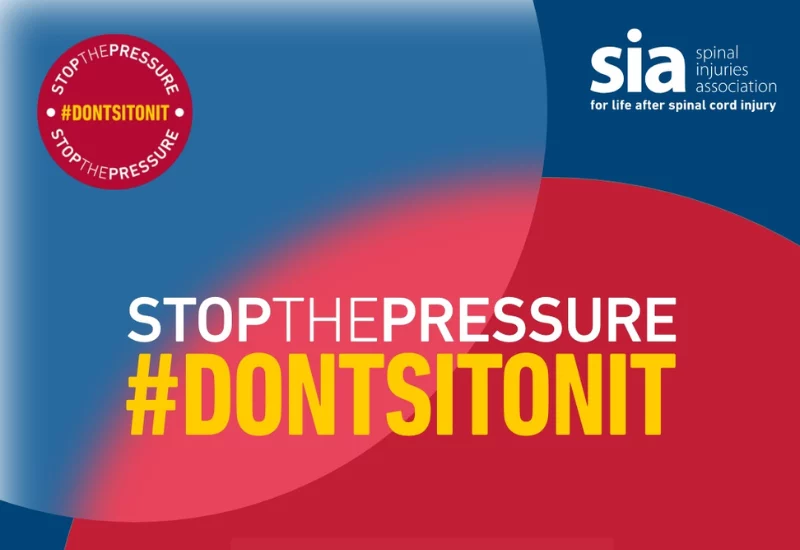- 18 Nov 2022
- •
- 2 min read
Stop the Pressure Day 2022

The Spinal Injuries Association (SIA) is again raising awareness of the impact of pressure ulcers in their annual campaign – Stop the Pressure Day.
The Personal Injury and Clinical Negligence Team at Trethowans support this very worthwhile initiative. As one of the SIA’s two Trusted Legal Partners for the South West, we know the impact pressure ulcers can have on a person.
James Braund, Partner at Trethowans said: “We have sadly seen pressure ulcers affect too many of our clients. They can often occur when a patient has limited mobility and therefore puts too much pressure on one part of their body for a prolonged period of time, such as lying in bed or sitting in a wheelchair. Pressure ulcers, can therefore be a particular concern and risk for patients with a Spinal Cord Injury. The team at the SIA and particularly Damien, their SCI nurse specialist, do great work dealing with these issues.”
Pressure ulcers can often lead to a number of further (often serious) complications, such as sepsis, cellulitis and bone or joint infections.
How can pressure ulcers be prevented?
Pressure ulcers can be problematic to treat and, as such, preventing them developing in the first place can be very important.
It is important for patients to be assessed at an early stage and, if appropriate, a formal Waterlow Assessment should often be undertaken, evaluating the patient’s risk of developing a pressure ulcer. Following this assessment, depending on the risks, measures should be put in place to try to prevent pressure ulcers developing.
Measures to prevent pressure ulcers often involve the following:
- Regular turning and repositioning.
- Aids and devices, including pressure relieving mattresses.
- Regular skin viability inspections, to identify any early signs of pressure ulcer development.
What are the stages of pressure ulcers?
If pressure ulcers do occur it is important that they are treated appropriately and promptly. If there is a delay in pressure ulcers being treated, they can deteriorate and grow. Pressure ulcers are categorised into four different levels:
- Grade 1 – Skin discolouration
- Grade 2 – Some skin loss and/or damage to the upper skin layers
- Grade 3 – Necrosis (tissue death) and/or damage to the skin layers
- Grade 4 – Necrosis (tissue death) and/or damage to extending to the underlying structures
Can I claim compensation for a pressure ulcer?
At Trethowans, we have dealt with many claims involving pressure ulcers. Whilst pressure ulcers can often be easily preventable, a number of complex issues often arise in such claims, including other peripheral issues such as those involving consent and capacity.
The specialist solicitors at Trethowans are committed to raising awareness of pressure ulcers and working with the SIA to aid prevention. You can read more about the SIA’s vital work in highlighting and addressing pressure ulcers here.
James Braund is a Partner in our Personal Injury and Clinical Negligence team in Poole and Bournemouth. If you have, sadly, suffered pressure ulcers and would like to speak to us on a free, no obligation basis, then please contact us on 0800 280 0421 or get in touch here.





